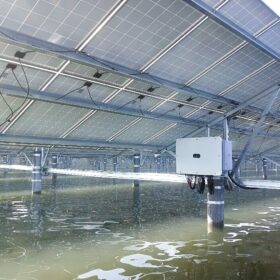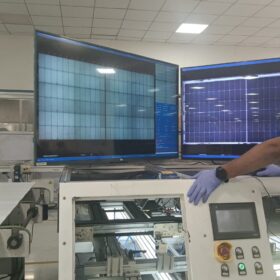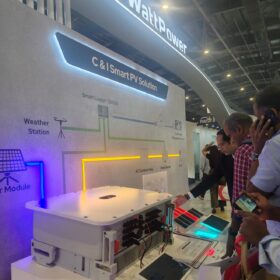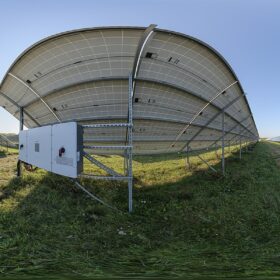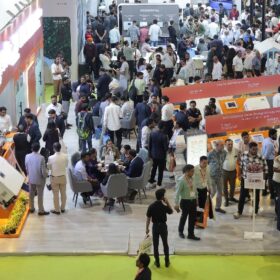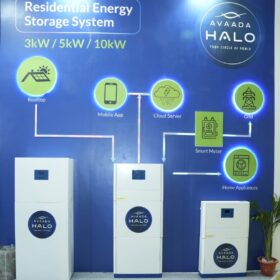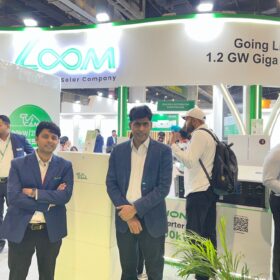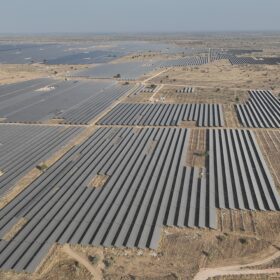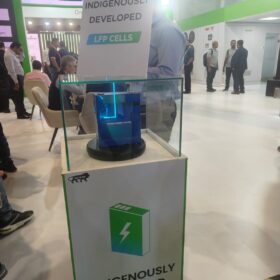Huawei, Sungrow lead Wood Mackenzie’s inverter market ranking
Wood Mackenzie’s first-half 2025 solar inverter ranking finds the top 10 leading inverter manufacturers have a 71% global market share.
Waaree Energies bags 1.5 GW solar module order; begins production from 3.05 GW PV inverter lines
Waaree Energies Ltd has secured a major order for the supply of 1.5 GW of solar modules and commenced production from its newly installed PV inverter manufacturing lines.
The real question for India: Should we chase the next technology or optimize global best practices?
By combining proven global practices with solutions designed for Indian conditions, offering choices for different customer needs, and continuing to invest in meaningful innovation, India can build a solar ecosystem that is resilient and inclusive.
WattPower surpasses 18 GW of inverter sales in India
WattPower has sold more than 18 GW of utility-scale string inverters across India over the last two and a half years.
GEON launches inverter with inbuilt lithium battery for homes
GEON, part of the 60-year-old Kabra Extrusion Technik Group, has launched GELITHIUM, an all-in-one power backup system that integrates a pure sinewave inverter with an inbuilt lithium-ion battery. GELITHIUM is available in 1,250 VA and 2,500 VA variants, with 12.8V/100Ah and 25.6V/100Ah lithium batteries, respectively.
Wood Mackenzie predicts 2-year decline in global solar inverter demand
Wood Mackenzie’s latest analysis expects market uncertainty in China, Europe and the U.S. to cause two consecutive years of contraction in the global solar inverter market, forecasting a fall to 577 GWac this year and 523 GWac in 2026.
Solis launches 125 kW hybrid inverter for C&I solar applications
Launched under the S6-EH3P series, its 125 kW smart string hybrid inverter for C&I solar systems integrates battery smart charging/discharging (PCS), PV inversion, on-grid/off-grid and genset switching (STS), and a smart energy management system into a single compact unit.
Avaada launches ‘Halo’ hybrid battery inverter at REI 2025
Avaada ‘Halo’ hybrid battery inverter—designed, developed, and manufactured entirely in India—is both scalable and stackable. It is available in 3 kW, 5 kW, and 10 kW configurations, making it suitable for residential, commercial, and small industrial (C&I) applications.
Loom Solar showcases 730 Wp modules at REI 2025, announces 1.2 GW module factory in Uttar Pradesh
Loom Solar showcased its TOPCon and HJT PV modules up to 730 Wp, battery energy storage systems ranging from 1 kWh to 5 MWh, and made-in-India PV inverters from 3 kW to 50 kW. The company also announced plans to set up a 1.2 GW module factory in Uttar Pradesh.
Global solar module, inverter market to reach $115.8 billion by 2030
UK-based analysts GlobalData predict growth in the world’s solar module and inverter markets through to the end of the decade will be driven by the Asia Pacific region.
